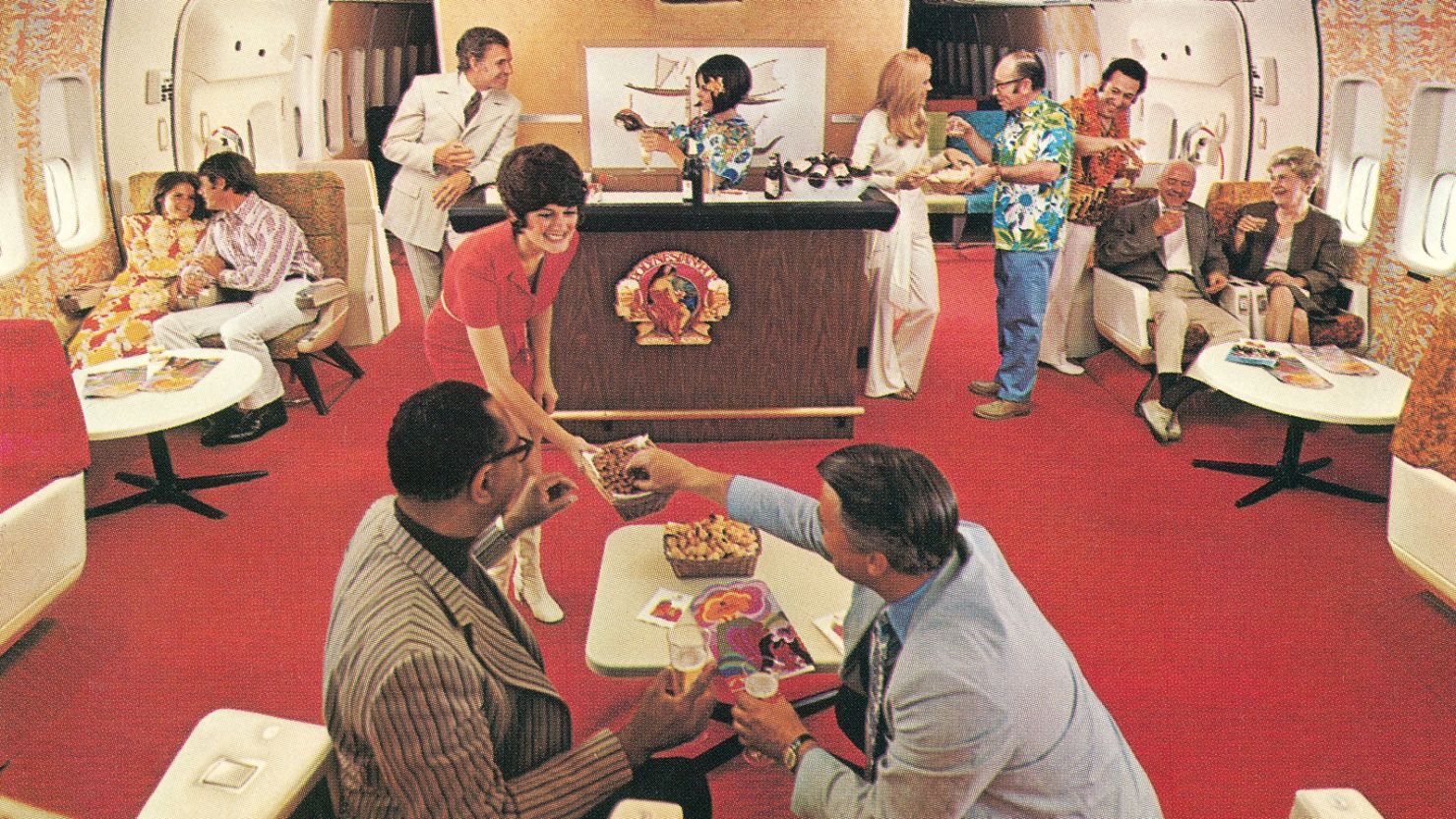Editor’s Note: Ganesh Sitaraman is a law professor at Vanderbilt University and author of the forthcoming book, “WHY FLYING IS MISERABLE: And How to Fix It” (Columbia Global Reports). The views expressed in this commentary are his own. View more opinion on CNN.
If this holiday season is like most others, we can expect flight delays, cancellations, lost baggage and all the miseries that come with flying.

Policymakers often try to address these issues with a “passengers’ bill of rights.” But they rarely seem to make a dent in improving the overall travel experience. The reason is that many of the problems in the airline industry are structural — they are about airlines’ incentives as businesses.
Airlines make money when they cut costs and increase profits, which can mean worse service for flyers. If we want to make flying less miserable, policymakers — and the traveling public — will have to tackle these incentives.
To see why, a bit of history is helpful. In the 1930s, Congress passed a major law regulating airlines using public utility principles, an approach that had long been common for transportation infrastructure. The idea was that the United States should have stable, reliable air service across the whole country — even in places where there wasn’t a lot of demand.
Under this system, a federal agency called the Civil Aeronautics Board allocated routes to airlines instead of airlines choosing where they wanted to fly, and it regulated prices as well. In the process, the Board could ensure there was a measure of competition among airlines and cities.
By guaranteeing the airlines a return on top of their expenses, rather than having airlines compete over price, the system incentivized the airlines to invest in expanding and improving services.
In the middle of the 20th century, airlines adopted new, cutting-edge jet technologies. By the 1970s, amid an economic crisis and depressed demand for flights, airlines shifted toward eye-popping service competition: American Airlines put piano bars in airplanes. Trans World Airlines had poker machines. Delta offered steak and champagne. Regulation on prices meant that airline competition was a race to the top on service quality so airlines could attract customers.
Advocates for deregulation in the 1970s were horrified by these developments. They thought air travel was not a utility-like infrastructure that needed special rules. It was more like selling sofas or coffee mugs. They won the political battle, and Congress deregulated the airlines in 1978.
Under the new regime, airlines could fly where they wanted (subject to airport constraints) and set their own prices. Competition soon took on a different flavor. Busy, heavily trafficked routes attracted new upstart airlines, which undercut prices because airline workers were not unionized and offered “no frills” tickets. But the big carriers eventually pushed them out, by matching or beating them on price, creating frequent flyer programs to keep passengers with the airline, and offering a much bigger network.
After dozens of mergers and bankruptcies, the airline industry ultimately became less competitive. Today, the four biggest airlines have a larger collective market share than the top four did during the 1970s.
Today’s miseries of flying derive from this choice to deregulate airlines and unleash them into the Hunger Games of ordinary incentives. Added fees for baggage, an increasing number of fare classes, differential pricing — these all make perfect sense as a way to squeeze money out of passengers.

Without the regulation of routes, airlines have also created hub-and-spokes systems in which passengers have to connect to big hubs like Atlanta or Dallas instead of flying nonstop to their destination. This means less competition (and higher prices). Some cities have lost airport volume; others have lost service altogether. And the shift to big hubs means that a storm or even high winds in one of those hubs can disrupt travel across the country because so many flights connect through the city.
By all means, policymakers can continue to push for specific changes: improvements to air traffic control systems, requirements for refunds due to delays, and so on. But trying to address every problem one by one is like playing whack-a-mole. There will just be some other issue that pops up next year, or the year after.
The better approach is to think bigger. Instead of addressing each problem piecemeal, we need structural changes that reshape incentives so airlines compete to improve services, not to squeeze passengers into smaller seats or out of a few more bucks. In my new book, “Why Flying is Miserable — and How to Fix It,” I offer a set of principles and ideas for a new approach, one that learns from the past but doesn’t return to it.
Get Our Free Weekly Newsletter
- Sign up for CNN Opinion’s newsletter
- Join us on Twitter and Facebook
A new national airline policy should ensure access to air travel across the United States. It should adopt a no-bailouts, no-bankruptcies approach, in which we have an industry that is stable, reliable and thriving. And it would ensure fair, simpler and more transparent pricing for travelers. For example, limiting dominance at airport hubs would mean greater competition and the creation of more hubs rather than bigger hubs. Competition would be beneficial to flyers, and reducing concentration would expand access to more places.
If we build a system with these principles in mind, the airlines’ practices will change, and we can fix many of the frustrations that travelers face. We wouldn’t just have a limited bill of rights for passengers. We’d have a constitution for air travel.




